Disclosure: This article contains affiliate links. We may earn a commission from purchases at no extra cost to you, which helps our travel content.
There's something almost sacred about standing where innovation has fundamentally altered human experience. As someone who typically seeks out ancient temples and weathered monasteries, I found an unexpected spiritual resonance in the hallowed halls of automotive history in Dearborn, Michigan. Here, the narrative of human ingenuity unfolds not through religious texts but through gleaming chrome, revolutionary assembly lines, and the vision of a man whose name became synonymous with American industrialization.
The Henry Ford Museum: A Sanctuary of Innovation
The Henry Ford Museum stands not merely as a collection of vehicles but as a testament to human perseverance and creative spirit. Walking through its expansive halls, I was struck by how the evolution of transportation parallels our own spiritual journeys—constantly seeking more efficient paths forward while honoring the wisdom of what came before.
The Rosa Parks bus sits in reverent silence, a humble chariot that carried a movement toward justice. I stood before it, contemplating how ordinary objects become vessels of extraordinary change—a concept familiar across spiritual traditions from the Buddha's begging bowl to the Christian chalice.
For families with younger children, I recommend bringing a interactive travel journal to help them document their observations and questions. The museum offers a perfect opportunity for children to connect history with present-day innovation.
As I moved through exhibits chronicling presidential limousines to agricultural implements, I found myself drawing parallels to the ancient trade routes I've traced through the Himalayas—both representing humanity's persistent drive to connect, exchange, and evolve.
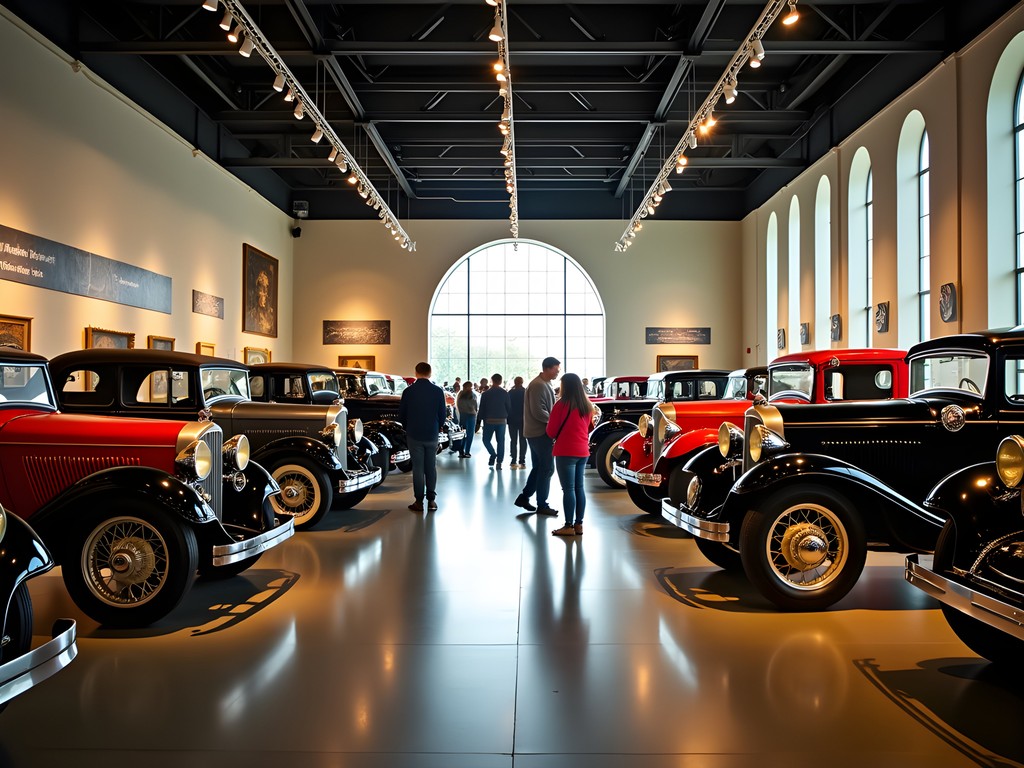
💡 Pro Tips
- Visit early on weekdays to avoid crowds, allowing for more contemplative exploration
- The museum offers excellent guided tours, but also build in time for personal reflection
- The Driving America exhibit provides the most comprehensive overview of automotive history
Greenfield Village: Where Time Stands Still
If the museum represents humanity's forward motion, then Greenfield Village embodies our need to remember and preserve. This 80-acre living history museum creates a meditative space where past and present converse across time. Walking its streets feels remarkably similar to my experiences in preserved villages in Kerala—both places where the rhythms of earlier life continue to pulse beneath modern existence.
The Thomas Edison laboratory complex particularly moved me. Standing where the light bulb was perfected, I couldn't help but think of the ancient metaphor of light as enlightenment across spiritual traditions. Edison's persistent experimentation mirrors the dedicated practice of spiritual seekers—thousands of attempts leading toward illumination.
For comfortable exploration of the expansive grounds, especially for families with children, I recommend bringing along a collapsible wagon. This practical tool saved our day when my friend's children grew tired halfway through our visit.
The authentic steam locomotive rides provide more than mere entertainment—they offer a visceral connection to a time when the journey itself was a significant undertaking, something I've often contemplated while tracing pilgrim routes in northern Scandinavia.
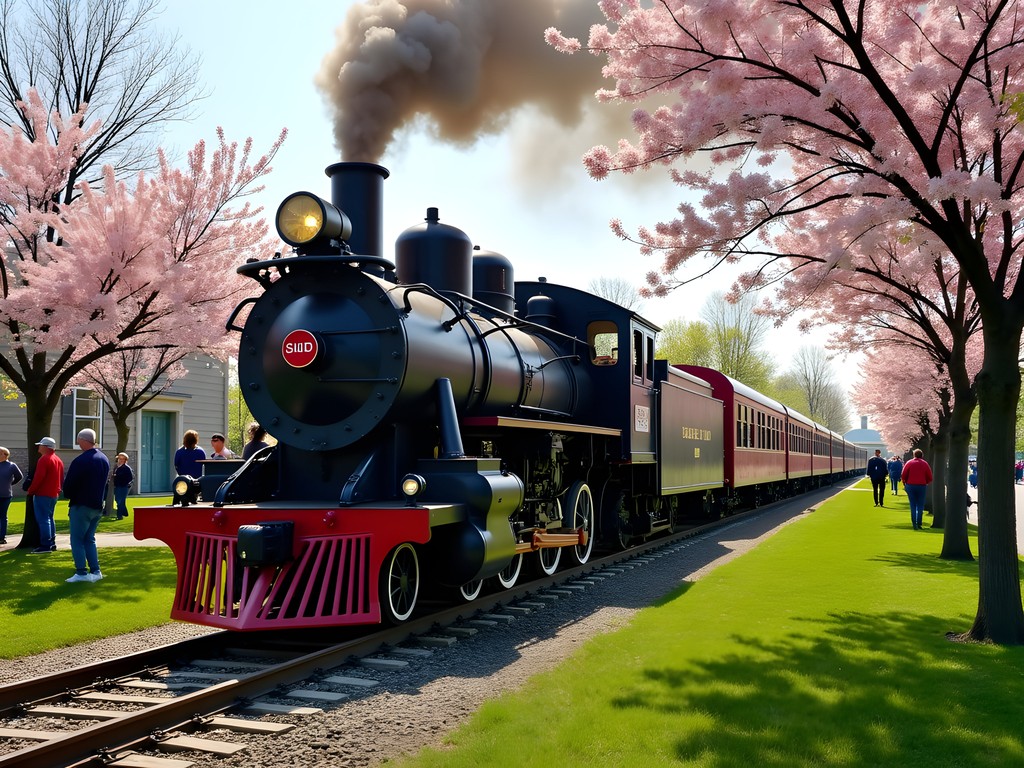
💡 Pro Tips
- Allow a full day for Greenfield Village—rushing through defeats its contemplative purpose
- The seasonal events (especially Holiday Nights in December) provide unique cultural insights
- Bring weather-appropriate attire as most experiences are outdoors
The Rouge Factory Tour: Industry as Ritual
Perhaps no experience in Dearborn better illustrates the sacred aspects of human endeavor than the Ford Rouge Factory Tour. Here, the assembly of F-150 trucks unfolds with choreographed precision that reminded me of elaborate temple rituals I've witnessed across traditions—each participant knowing their role in a greater purpose.
The factory's living roof—one of the world's largest—reveals Ford's evolving relationship with environmental stewardship. This integration of industrial progress with ecological consciousness speaks to the same balance I've sought in my travels to vulnerable tundra regions.
Before visiting, I prepared by reading The People's Tycoon, which provided invaluable context about Ford's complex legacy, including both his industrial brilliance and problematic personal views.
The walking tour involves considerable standing, so comfortable footwear is essential. I was grateful for my supportive walking shoes throughout the concrete-floored facility.
What struck me most was the sense of purpose evident in the workers' movements—the same focused intention I've observed in artisans crafting traditional textiles in remote Himalayan villages. Both represent human hands creating something greater than themselves, a form of meditation through meaningful work.

💡 Pro Tips
- Book the Rouge Factory Tour in advance as it frequently sells out
- Visit on weekdays to see the assembly line in full operation
- The observation deck provides the most comprehensive view of the assembly process
Culinary Heritage: Tasting Dearborn's Cultural Fusion
Dearborn offers more than automotive history—it's home to one of America's largest Arab American communities, creating a fascinating cultural confluence that resonates with my own mixed heritage. After immersing in Ford's industrial legacy by day, evenings present opportunities to explore this rich cultural dimension.
At Al Ameer Restaurant, traditional Lebanese dishes are served with a hospitality that reminded me of family meals in my mother's ancestral village in Kerala. The warm pita and house-made hummus create a communion around the table that transcends mere dining—it becomes a shared experience of cultural appreciation.
For families with dietary concerns or picky eaters, I recommend bringing allergen cards to help navigate menu options, especially in smaller ethnic establishments where English may be limited.
The juxtaposition of American industrial history with Middle Eastern cultural heritage creates a uniquely American tapestry—one where innovation and tradition, East and West, past and future coexist in harmony. This intersection of seemingly disparate elements mirrors my own interfaith work, finding common ground between traditions often perceived as separate.

💡 Pro Tips
- Al Ameer Restaurant offers an authentic taste of Lebanese cuisine with generous portions
- Shatila Bakery's baklava makes for a perfect souvenir to bring home
- The Arab American National Museum provides important context for understanding the community's contributions
Final Thoughts
As my weekend in Dearborn drew to a close, I found myself reflecting on how this unexpected pilgrimage to the birthplace of American automotive innovation had nourished my spirit. In the careful preservation of industrial heritage, I discovered the same reverence for human achievement that draws me to ancient temples and sacred sites across continents.
The Ford legacy in Dearborn isn't merely about cars and assembly lines—it's about human ingenuity, perseverance, and vision. It's about how one person's ideas can reshape civilization itself. In this sense, places like The Henry Ford Museum and Greenfield Village serve as contemporary temples to human potential.
For families seeking meaningful educational experiences, for history enthusiasts tracing America's industrial evolution, or for contemplative travelers like myself searching for deeper connections, Dearborn offers a uniquely American pilgrimage. I invite you to discover how the story of wheels, engines, and assembly lines intertwines with your own journey—and perhaps find unexpected sacred spaces among the gleaming chrome and historical exhibits of this Michigan industrial town.
✨ Key Takeaways
- Dearborn offers a profound exploration of American innovation through its world-class Ford heritage sites
- The experience transcends mere automotive history to touch on themes of human achievement and cultural preservation
- The city's dual heritage of industrial history and Arab American culture creates a uniquely enriching travel experience
📋 Practical Information
Best Time to Visit
Spring (April-June) or Fall (September-October)
Budget Estimate
$400-600 for a weekend (accommodations, admissions, meals)
Recommended Duration
2-3 days
Difficulty Level
Easy


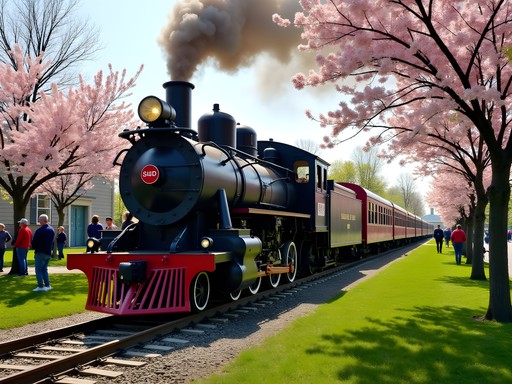
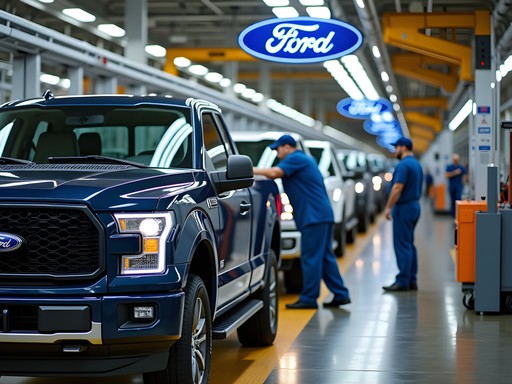



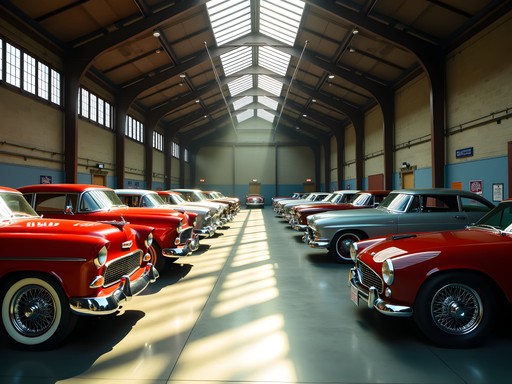
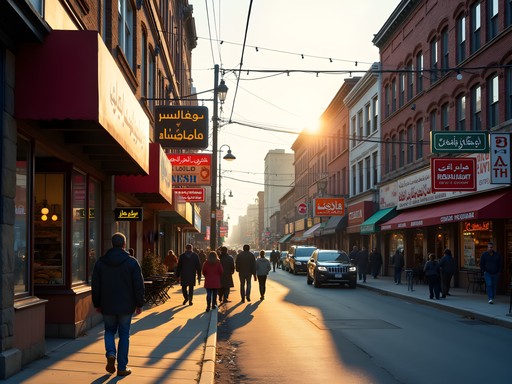






Comments
roadtripper_mom
Love the photos! The Rouge Factory looks amazing.
Timothy Jenkins
Brilliant piece on Dearborn, Amit! I visited last autumn and was equally impressed by how the Ford legacy is preserved. What struck me most was the contrast between the meticulously preserved past at Greenfield Village and the cutting-edge manufacturing at Rouge. If anyone's planning a visit, I'd recommend setting aside at least 2-3 days to properly experience everything without rushing. The Detroit Institute of Arts makes a great complementary visit too - just 20 minutes away and houses Diego Rivera's famous Detroit Industry Murals that celebrate the same industrial heritage. Dearborn really surprised me as a cultural destination.
Amit Sullivan
Thanks Timothy! Great suggestion about the DIA - those Rivera murals are incredible and definitely connect to the industrial story. I wish I'd had time to include that in my itinerary.
wanderlustmaster
Just got back from Dearborn last weekend and this post captures it perfectly! We took our 10-year-old son who's obsessed with cars and he was in absolute heaven. One tip: we bought the museum guidebook at the gift shop on day one which really enhanced our experience by giving context to everything we were seeing. The Model T rides at Greenfield Village were his favorite part - worth the extra few dollars for sure!
oceannomad
Planning a trip there next month. Is the Rouge Factory Tour worth it if you're not super into cars? And any recommendations for those Middle Eastern restaurants you mentioned?
Timothy Jenkins
Not the author but I'd say absolutely yes to the Rouge tour even if you're not a car enthusiast. It's more about American industrial history and seeing a modern factory in action. Fascinating process! For Middle Eastern food, Al Ameer was outstanding when I visited - their lamb dishes are incredible.
oceannomad
Thanks Timothy! Adding both to my itinerary. Appreciate the tips!
Amit Sullivan
I agree with Timothy! The Rouge Factory Tour is fascinating even for non-car people - it's more about the scale of human ingenuity. For restaurants, definitely try Dearborn Meat Market for amazing shawarma and Shatila Bakery for the best baklava you'll ever have!
photoseeker
Love your photos of Greenfield Village! The vintage cars against those historic buildings are perfect. Really captures that stepping-back-in-time feeling you described.
wavestar
I visited the Henry Ford Museum last summer and was blown away by the presidential cars exhibit. Standing next to the actual car Kennedy was in when he was assassinated gave me chills. Spent way more time there than I planned - definitely need a full day just for the museum itself. The Rosa Parks bus was another highlight that really makes history feel tangible.
photoseeker
Yes! That Kennedy car display is haunting. Did you catch the Wright brothers' bicycle shop too?
wavestar
I did! Amazing to think flight basically evolved from a bike shop. The whole place is just incredible for history buffs.
CarHistory88
Pro tip for anyone visiting: bring a pocket guidebook or download their app. The museum is HUGE and it's easy to miss sections if you don't plan your route. I'd recommend starting with the Driving America exhibit - it gives you good context for everything else.
sunsetking
Just got back from Dearborn last week and your post captures it perfectly! The Rouge Factory Tour blew my mind - watching those F-150s come together is mesmerizing. We also loved Greenfield Village, especially the Model T rides. Did you try any of the Middle Eastern restaurants? Al Ameer was incredible!
luckypro
@sunsetking any other food recommendations in Dearborn? Going with picky eaters so need options!
sunsetking
Miller's Bar has amazing burgers if Middle Eastern isn't their thing. Super casual place, cash only. And there's a good food court at Fairlane Mall for variety. The kids might like Ford's Garage too - it's themed like an old service station with car memorabilia everywhere!
luckypro
Ford's Garage sounds perfect for the boys! Thanks!
Bryce Diaz
Great post, Amit! I visited Dearborn last summer during my Great Lakes road trip and was similarly impressed. The Henry Ford Museum is truly a national treasure - I spent hours examining the presidential limousines. The Lincoln Continental that Kennedy was riding in gave me chills. One tip for anyone planning a visit: if you're going to do both Greenfield Village and the museum, buy the combo ticket and plan for two full days. I rushed through both in one day and regretted it. Also, the Michigan Café inside the museum serves surprisingly good food - try the tomato basil soup if they have it! Did you get a chance to visit the Automotive Hall of Fame across the street? That's on my list for next time.
Amit Sullivan
Thanks Bryce! You're absolutely right about needing two days for both attractions. I did manage to visit the Automotive Hall of Fame - it's smaller but has some fascinating exhibits on early automotive pioneers. Definitely worth adding to your itinerary next time!
wildlife
That shot of the assembly line is incredible! Makes me appreciate how much coordination goes into building cars.
Venture X
Premium card with 2X miles, $300 travel credit, Priority Pass